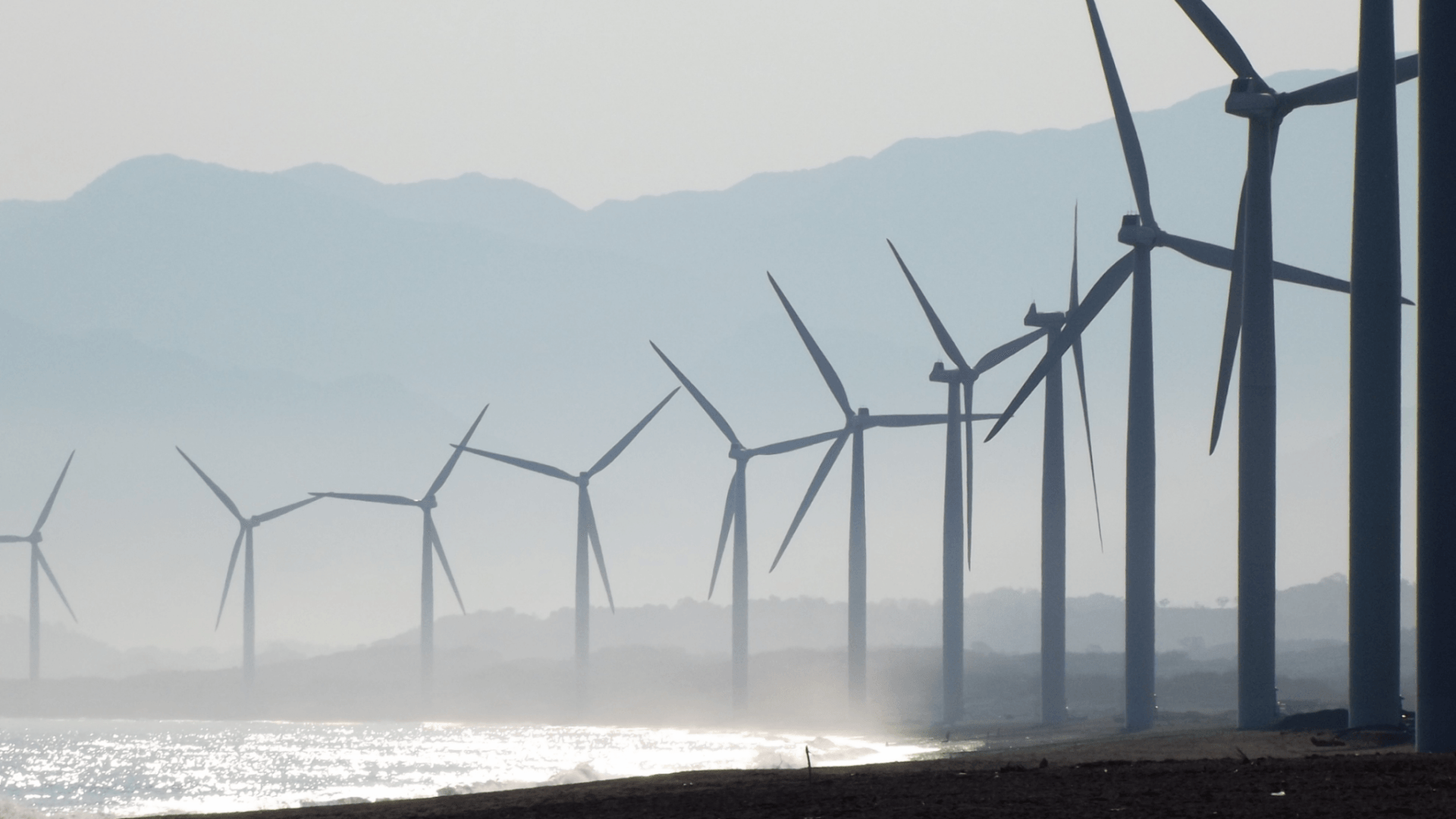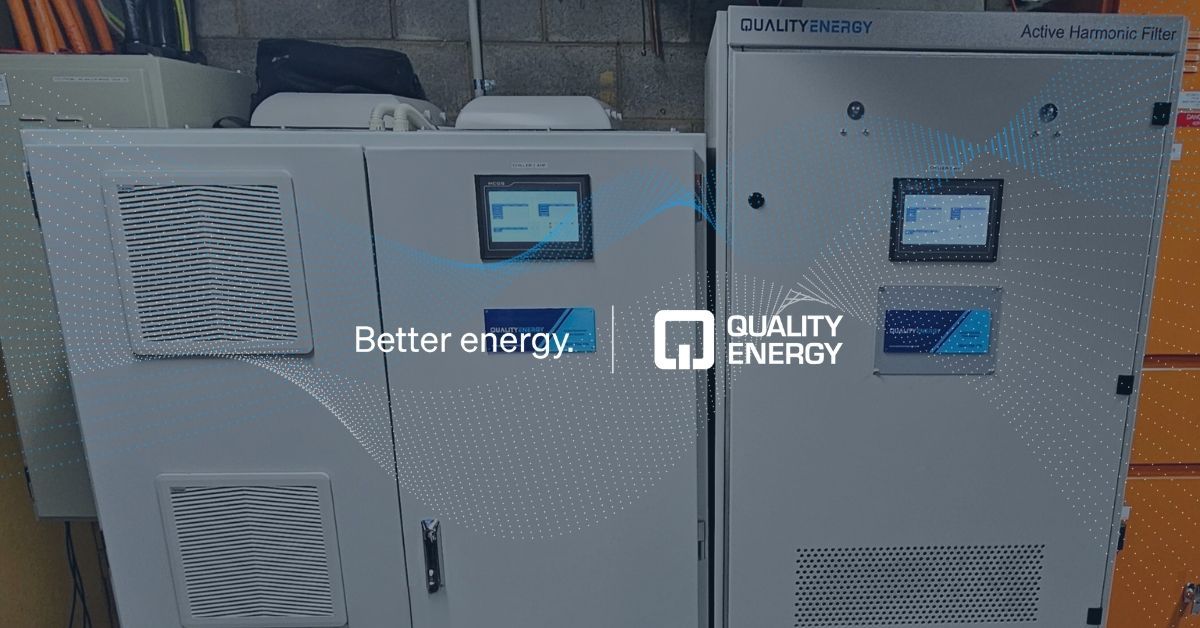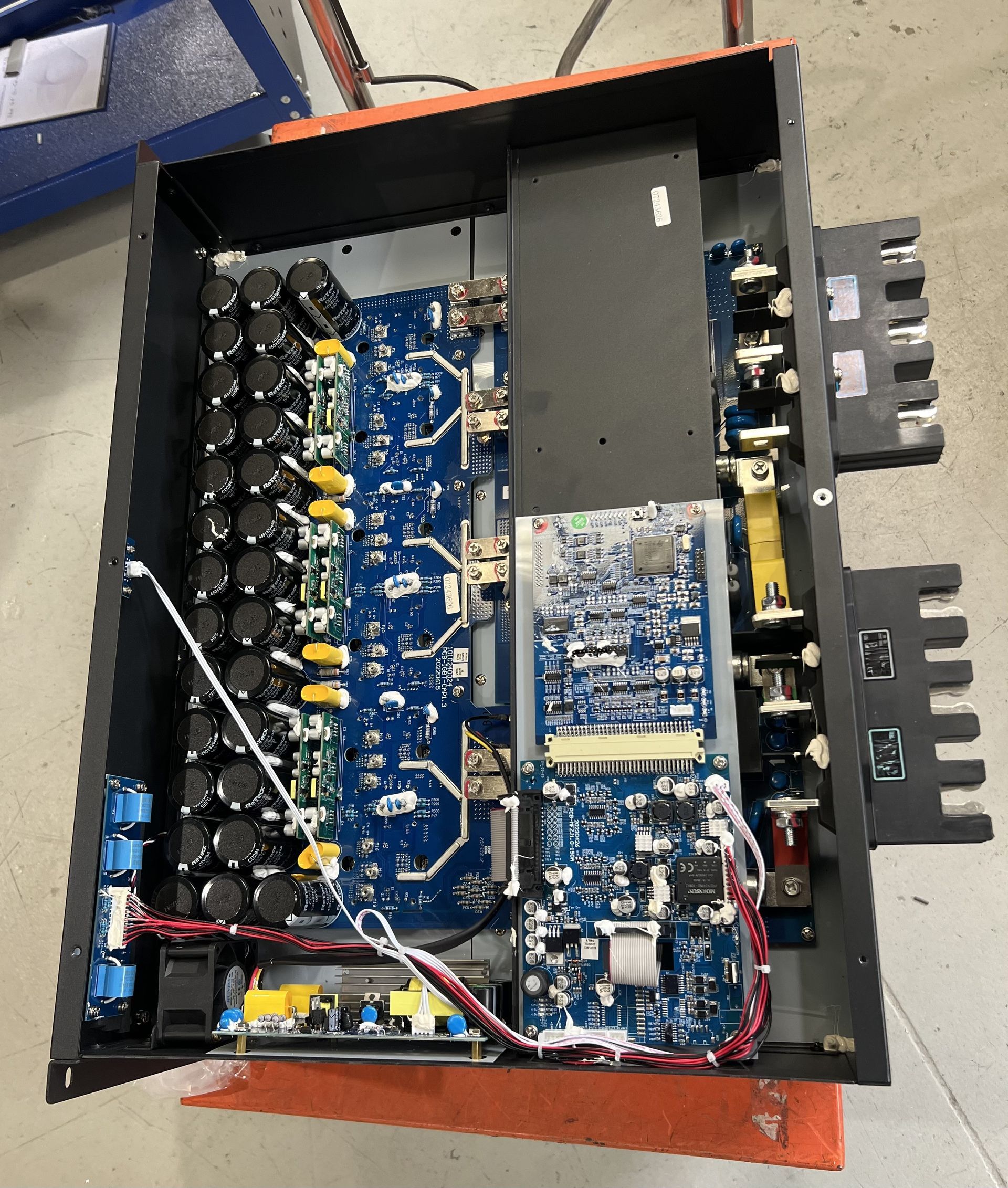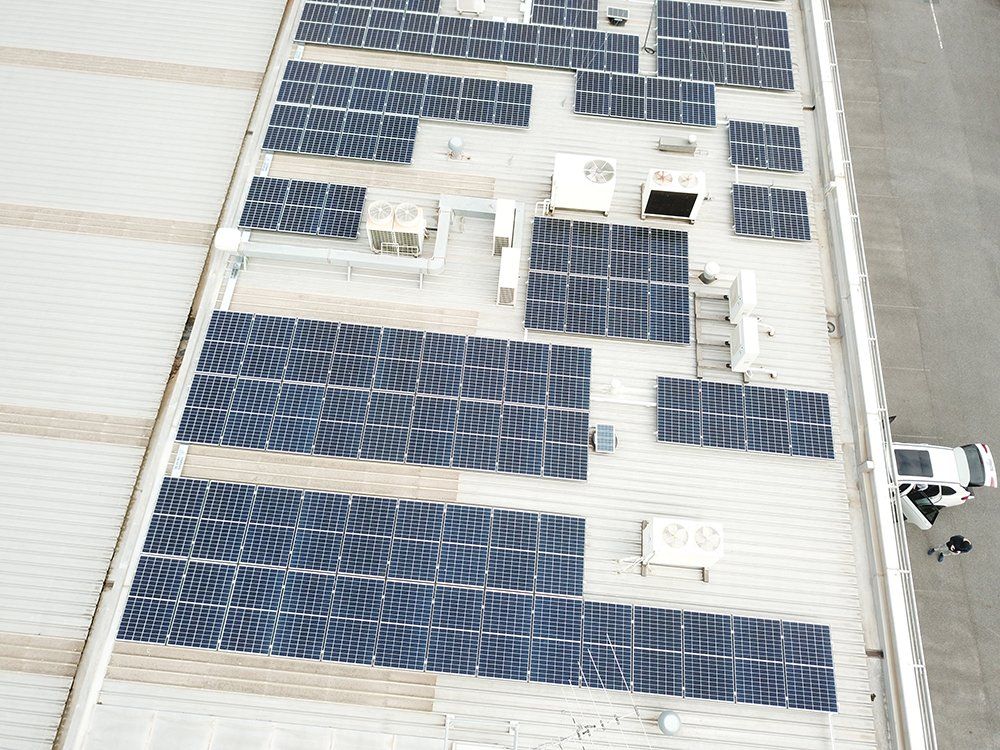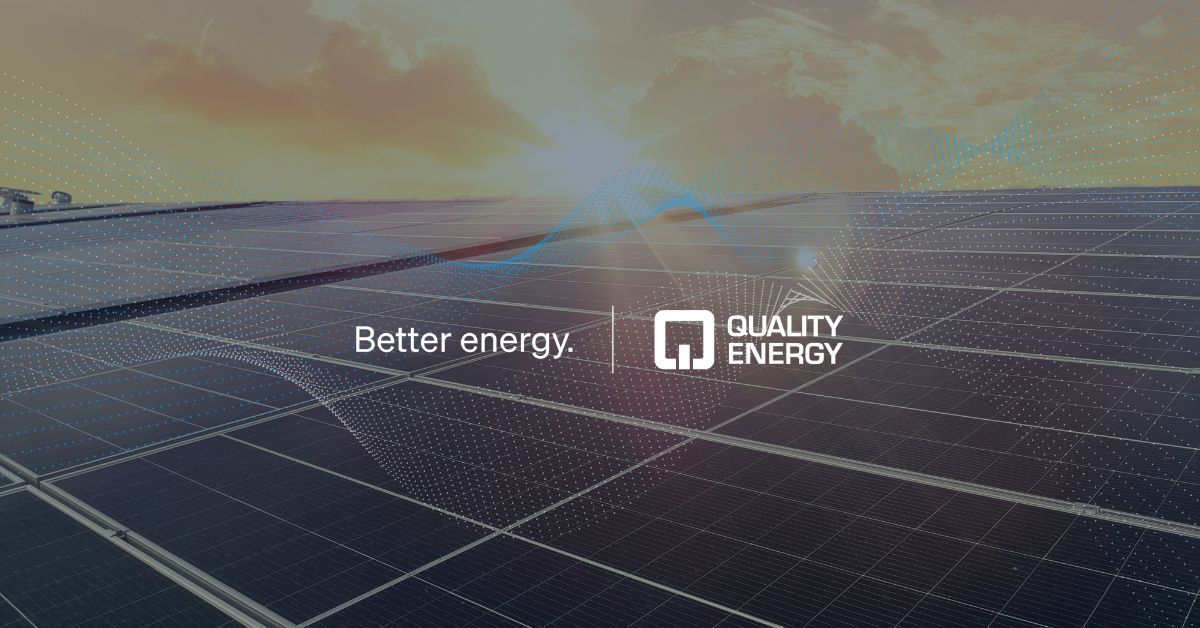Industrial Solar vs Commercial Systems in Australia
On This Page:
- Introduction
- Industrial Solar vs Commercial Solar - What’s the Difference?
- Five Reasons Industrial Solar Power Systems Make Strategic Sense
- Slash Operating Overheads
- Hedge Against Volatile Grid Prices
- Meet ESG & Carbon-Neutral Goals
- De-risk Supply Chains
- Prepare for Electrification
- Designing an Industrial Solar System - Beyond the Panels
- Rooftop vs. Ground-Mount
- Voltage Class & String Length
- Power Inverters & Grid-Forming Capability
- Integrating Battery Energy Storage
- Incentives, Taxes & Financing
- Small vs Large-Scale Certificates
- Depreciation and Instant Asset Write-Off
- Funding Models at a Glance
- Capex purchase
- Operating lease
- Power Purchase Agreements
- Energy-as-a-Service
- Future Trends - From Factory Roofs to Utility-Scale Solar Projects
- Industrial Solar Is the Competitive Edge for Australian Business
Rising wholesale electricity prices, looming carbon-reduction targets, and pressure from supply-chain partners have put Australia’s heavy energy users under the spotlight. This includes factories, logistics hubs, mining sites, and food-processing plants to name a few.
Industrial solar (often referred to as commercial and industrial solar or C&I solar) has emerged as the fastest and most cost-effective path to energy independence, shaving thousands off quarterly electricity bills while reducing carbon footprints.
Is an industrial solar system different from a commercial solar installation? What return can be expected? And with incentives coming and going, will the benefits of going solar outweigh the cost?
This guide answers those questions, laying out everything a large business needs to know before investing in solar energy.
Industrial Solar vs Commercial Solar - What’s the Difference?
At first glance, the same photovoltaic panels are bolted to the roof. The key differences between commercial and industrial solar lies in the system size, electrical engineering, compliance, and financing path. Here is a quick breakdown:
| Feature | Commercial Solar (10–99.9kW) | Industrial Solar (>100 kW – multi-MW) |
|---|---|---|
| Typical sites | Retail centres, offices, and small factories | Retail centres, offices, and small factories |
| Incentive pathway | Up-front Small-scale Technology Certificates (STCs) | Large-scale Generation Certificates (LGCs) are created yearly (federal scheme). Locally, Victorian Energy Efficiency Certificates (VEECs) are tradable credits created under the Victorian Energy Upgrades program to reward energy-saving activities. |
| Grid connection | Low-voltage (LV) export < 30 kW/phase | LV or high-voltage (HV) with detailed protection and harmonic studies |
| Monitoring | Standard inverter portal or Data Acquisition System | Supervisory Control and Data Acquisition systems, string-level analytics, power quality monitoring |
For most industrial facilities, the economics improve beyond 100kW. Fixed O&M costs, engineering fees, and craneage are spread over a larger number of kilowatts, resulting in a lower $/W turnkey price.
But that doesn’t mean solar should be reserved for large demands only. Whether it’s a 20kW café roof or a 660kW factory array, internal rates of return (IRR) sit comfortably in the 20–40 % band once STCs and instant‑asset write‑off are applied.
Our recent 19.8kW solar installation for Zambrero’s covers 97% of its usage and slashes nearly half the annual electricity spend, providing an IRR of 26.3%.
Combining solar and power factor correction equipment helped
chocolate manufacturer Barry Callebaut eliminate kVAr charges on energy bills, and offset CO2 emissions. With project warranties of up to 30 years, this 568kW solar installation has a projected payback period of less than 5 years.
Five Reasons Industrial Solar Power Systems Make Strategic Sense
Slash Operating Overheads
Electricity can account for 10 to 30% of a factory’s overhead. Generating power on-site with a 1MW solar panel system typically offsets 1.6 GWh per year (depending on which state you are in), worth $400,000+ at today’s tariffs, creating energy savings that can seriously improve your bottom line.
Hedge Against Volatile Grid Prices
Because sunlight is free, solar’s levelised cost of energy (LCOE) is locked in on day one. With a 25-year performance warranty, that certainly becomes a natural hedge against the National Electricity Market’s price spikes and future carbon pricing.
Meet ESG & Carbon-Neutral Goals
Industrial solar directly cuts greenhouse gas emissions by displacing grid electricity that is still 70% fossil-fuel-based. A 1MW rooftop solar power system abates roughly 1,100 tonnes of carbon emissions per year, supporting
ISO14001, Science-Based Targets, and stakeholder reporting.
De-risk Supply Chains
Major retailers and multinationals are increasingly requiring their suppliers to demonstrate sustainability credentials. Installing commercial and industrial solar demonstrates proactive environmentalism and can protect lucrative contracts.
Prepare for Electrification
As sites electrify heat processes, adopt electric vehicles, or phase out diesel generators, daytime demand rises. Oversizing today’s solar plant (or leaving roof space for extra arrays) provides headroom for tomorrow’s energy transition.
Designing an Industrial Solar System - Beyond the Panels
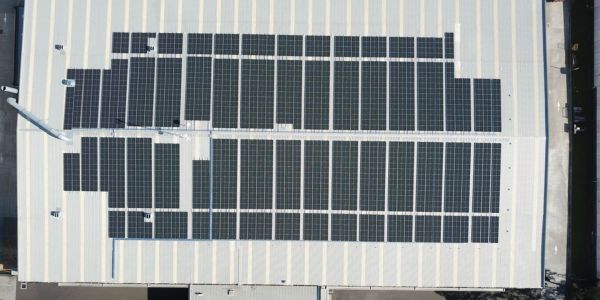
Rooftop vs. Ground-Mount
- Rooftop solar power maximises existing real estate, avoids land-use approvals, and reduces heat load inside the warehouse.
- Ground-mount plants suit sites with surplus land, allowing tracker arrays that boost yield by 15 to 25%. Industrial complexes near regional substations often choose this model.
Voltage Class & String Length
Moving from 1,000V to 1,500V DC strings let designers run 50% more modules per string - less copper, fewer combiner boxes, and lower resistive losses.
Power Inverters & Grid-Forming Capability
Modern industrial and utility-scale arrays typically use large three-phase string inverters (100–250kW) or containerised central inverters (500kW to several MW). Advanced features such as grid-forming capability and reactive-power control help stabilise the local grid, and are increasingly required by distributed network service providers in Queensland and New South Wales.
Integrating Battery Energy Storage
Pairing
batteries with industrial solar captures excess solar for evening peaks, smooths demand charges, and provides backup during power outages. The business case strengthens when you stack multiple services, including frequency control, peak shaving, and arbitrage.
Incentives, Taxes & Financing
Small vs Large-Scale Certificates
- STCs: For systems < 100kW. Created upfront and traded, giving an instant discount.
- LGCs: For systems ≥ 100kW. Claimable yearly through the Clean Energy Regulator until 2030. Provide a secondary revenue stream for 15 years under the
Renewable Energy Target.
State and Federal Incentives
Some state incentives have been phased out with the introduction of the Federal Cheaper Home Batteries Grant. Despite its name, businesses can take advantage of this incentive when incorporating solar and battery storage (up to 50kW of battery storage). Our blog post on battery rebates provides further information.
Resources by State:
- Victorian businesses can access upfront rebates for renewable energy systems under the VEU program for businesses.
- The NSW Government Climate and Energy Action Website has a page specifically for business and industry programs grants and schemes.
- The City of Adelaide offers a sustainability incentives scheme for commercial industries.
- Western Australia does not offer upfront rebates or incentives, but does offer a distributed energy buyback scheme.
- If you’re a business considering installing solar in Canberra, you may be eligible for up to $13,000 in rebates and technical advice. The sustainable business program provides further information.
The
rebates and assistance page on the Department of Climate Change, Energy, the Environment and Water has a handy search feature where you can find current offers for your state for a range of products, including renewable energy, solar pv, batteries, and equipment.
Depreciation and Instant Asset Write-Off
Industrial solar may qualify for the
temporary full expensing measure, which allows companies to deduct 100% of eligible project costs in the first year (through June 2026). Please consult with your accountant or the ATO for guidance on this matter.
Funding Models at a Glance
Capex purchase
- Up-front cost: High
- Ownership: Your business from day one
- Best suited to: Cash-rich companies seeking the quickest ROI and full control over O&M
Operating lease
- Up-front cost: Low
- Ownership: Lessor during the lease term (you gain custody at buy-out)
- Best suited to: Firms needing off-balance-sheet treatment while preserving capital
- Up-front cost: None
- Ownership: Third-party solar provider; you simply buy the energy cheaper than what you would from the grid or cheaper than what you previously paid for energy from the grid
- Best suited to: Tenanted or landlord-owned sites that can offer roof space, but prefer zero capex
Energy-as-a-Service
- Up-front cost: None
- Ownership: A subscription based model, where the provider retains and maintains the asset throughout its life
- Best suited to: Businesses wanting a turnkey, performance-guaranteed solution without any upfront capital expenditure. A monthly service fee is paid linked to energy usage or savings, structured as a long term service agreement (5-20 years) or with fixed indexed pricing.
Future Trends - From Factory Roofs to Utility-Scale Solar Projects
- Utility-scale solar projects on adjacent land allow energy-intensive users to become mini-generators, selling excess via virtual power plants.
- Grid energy storage and dynamic demand response will turn warehouses into flexible assets, offsetting power outages and reducing reliance on diesel generators.
- The shift to electric vehicle fleets will make daytime solar even more valuable, especially as vehicle-to-grid standards mature.
- Upcoming changes to Australia’s
National Energy Performance Strategy may tighten emissions baselines, amplifying the return on investment of industrial solar installation combined with battery storage to meet the energy needs of your industry.
Industrial Solar Is the Competitive Edge for Australian Business
From cutting electricity costs and stabilising overheads to achieving sustainable energy targets, investing in industrial and commercial solar delivers tangible, multi-layered value. Advances in photovoltaics have driven panel prices to historic lows, while Australian incentives like STCs, LGCs, VEECS, and accelerated depreciation remove much of the upfront cost hurdle.
For large energy users, whether a distribution warehouse in Melbourne, a food-processing plant in regional Victoria or a manufacturing factory in Brisbane, the question is no longer if but when to install a commercial and industrial solar system.
Equipped with the right data, a clear financing strategy, and a proven NETCC approved installation partner such as Quality Energy, your business can secure decades of low-carbon, low-cost power, future-proofing operations against the next energy market shock and reinforcing your reputation as a climate-responsible leader.
Related news
